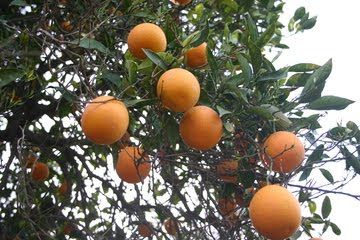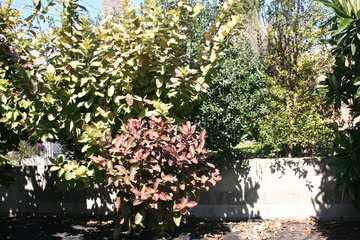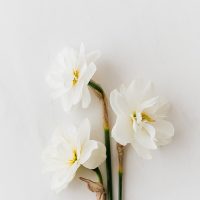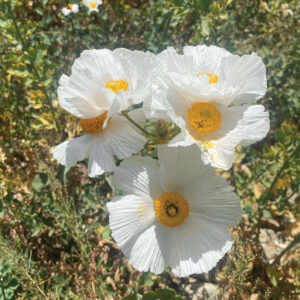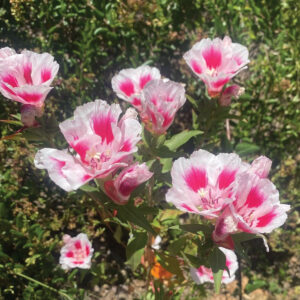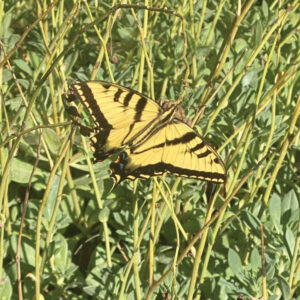As promised, some reminders for you. Here are the things you should be doing in your garden this month.
Get ahead of the bugs by hand-picking, spraying with organic insect controls or using appropriate beneficial insects.
You can now begin your regular fertilizing schedule citrus, avocados, bauhinia, oleander and hibiscus need an organic low-nitrogen plant food. It’s warm enough for the soil in Southern California to release the nutrients to your plants.
Keep fertilizing on a regular basis all year and your plants will be happy… unless you have a California Native garden, then you should not fertilize at all. Compost is all that they need.
It’s mulching time again, use at least two inches of shredded bark to control weeds, and conserve moisture. If you have a California native garden use shredded redwood bark (gorilla hair). If you have desert natives you should use decomposed granite, pebbles, and/or rocks as mulch.
Plant avocados, papaya, and mango – if you live in LA, OC, SFV but NOT SCV. Guavas, Tabebuia, Tibouchina trees and other winter tender plants can also be planted.
If you live in SCV and you want a Papaya, you can plant it in a pot. You can get all your subtropical fruits from Papaya Tree Nursery or have me pick some up when I shop there!
You can sow seeds and plant seedlings for your cantaloupe, peppers, okra, lemon grass, watermelons, and mint (please plant your mint only in pots!)
Put Tomatomania on your calendar for late March or April – depending on where you want to go, check out their website for dates and locations. If you don’t want to make the trip contact me at julie@thegrassisalwaysgreener.net and I can pick up seedlings for you when I go.
In drought-prone areas, install simple drip-irrigation or mp rotator system to take care of summer watering needs. Preparation never hurt anyone. Even your native gardens may need supplemental water in springtime. Native plants benefit from supplemental water in February and March in years that we do not have adequate winter water. This will help your natives become more fire resistant and in the case of newer native plantings will ensure establishment of the plants.
You can feed your Ceanothus plant a little bit, normally I don’t suggest feeding natives but I’ve read that a little bit of bonemeal around the base of your plant is a good idea at this time of the year. Now is also a good time to mulch them. Some compost can do wonders. If any of your Ceanothus are summer blooming varieties, you can prune them in early March. Don’t prune your spring bloomers, or you won’t have any blooms!
Plan on spending March 27, 2010 at Green Thumb with Tami Smight and I for a Free Design Seminar and Green Thumb’s Spring Open House.
The Flow from Indoors to Outdoors: Learn from the experts! Julie Molinare and Tami Smight will offer design guidance on creating a “design flow” from indoor to outdoor design at the Green Thumb Nursery Spring Open House – 23734 Newhall Avenue, Newhall, Ca. 91321
Enjoy refreshments, vendor’s booths, children’s activities, tool sharpening. Take advantage of 10% savings on most items purchased in store during this Open House Event! rsvp@thegrassisalwaysgreener.net We’d love to see you there!
For more informations about anything you read: www.thegrassisalwaysgreener.net



